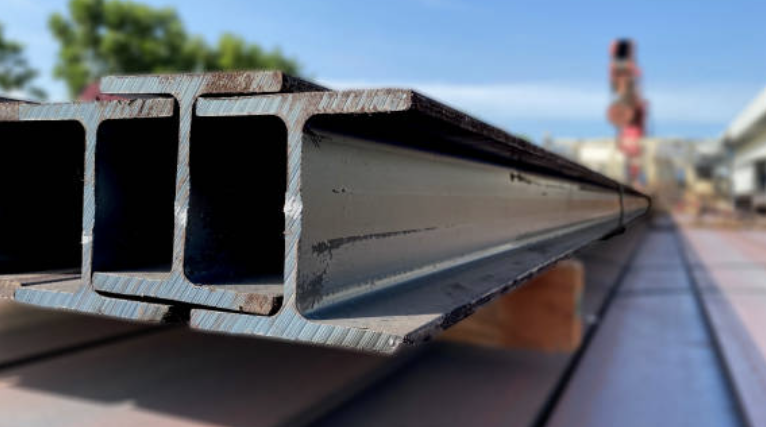
Posted on Wednesday, February 21, 2024
In a bid to modernize their railway infrastructure, a leading transportation authority in Europe embarked on an ambitious project to replace aging rail tracks with more durable, high-performance alternatives. This modernization initiative aimed to increase the reliability of train services, reduce maintenance costs, and enhance safety standards for both freight and passenger transit.
To meet these goals, the authority sought innovative manufacturing processes that could deliver precision, cost efficiency, and the ability to withstand extreme weather conditions. Advanced roll forming technology emerged as the key solution.
Metal fabrication played a pivotal role in this project. Traditional methods of rail track manufacturing often involved multiple machining processes, which increased costs and production time. By leveraging advanced roll forming and bending machines, the project team was able to streamline the production of rail tracks with greater efficiency.
Key Advantages of Roll Forming Technology:
Rail tracks must endure a range of extreme weather conditions, from freezing winters to scorching summers. Standard steel compositions risked brittleness in cold climates and warping under high heat.
Solution: The team opted for high-strength, weather-resistant steel alloys. Roll forming machines were calibrated to handle these tougher materials without compromising on precision or efficiency.
Rail tracks in coastal regions faced a heightened risk of corrosion due to salt exposure.
Solution: Advanced coating systems were integrated into the roll forming line, enabling the application of anti-corrosion layers during production.
The large scale of the project demanded rapid production to minimize disruption to existing railway services.
Solution: Roll forming technology drastically reduced production time compared to traditional methods. Automated systems ensured continuous operation, while modular machine setups allowed for quick adjustments to meet production goals.
The project yielded impressive results, surpassing initial expectations:
These outcomes not only benefited the transportation authority financially but also improved the passenger experience with smoother, more reliable train journeys.
Roll forming is a continuous metal shaping process in which a flat sheet of metal is passed through a series of rollers to achieve a specific profile. This technique is widely used for creating consistent, high-quality metal products like rail tracks, roofing panels, and structural components.
Roll forming offers high precision, cost efficiency, and the ability to produce long, consistent profiles. For railway systems, this means stronger, more reliable tracks that are faster and cheaper to manufacture.
By using advanced materials and coatings, roll forming machines can produce tracks that resist brittleness in cold temperatures, warping in heat, and corrosion in humid or coastal environments.
Bending machines are used to shape metal into specific angles or curves. In rail track manufacturing, they are crucial for creating the custom curves needed for complex track layouts, ensuring smooth transitions and safe train operations.
The modernization of railway systems is a complex but rewarding endeavor. This case study highlights the transformative impact of advanced roll forming technology in producing durable, weather-resistant rail tracks. By overcoming challenges with innovative solutions, the project demonstrated how precision metal fabrication can drive cost savings, enhance efficiency, and deliver long-lasting infrastructure improvements.
For those in the rail industry, adopting advanced roll forming technology is not just an option—it’s the path to achieving superior results in railway modernization projects.

32/1000 Box Profile Roll Forming Machine – Complete Guide & Specifications
Posted on Sunday, November 16, 2025
High-performance 32/1000 box profile roll forming machine for roofing and cladding. Full specifications, profiles, applications, pricing

PBR / R-Panel Roll Forming Machine – Complete Guide & Specifications
Posted on Sunday, November 16, 2025
PBR / R-Panel roll forming machine for roofing and wall cladding. Full specs, profiles, applications, pricing, and global buying guide. Built to order.

Posted on Sunday, November 16, 2025
How to Diagnose and Fix the Hidden Electrical Problems That Cause Downtime
Copyright 2025 © Machine Matcher.